Yes. All gas fireplaces are equipped with safety features such as 100% fail-safe shut off valves. If the pilot light shuts off the gas flow will automatically turn off. In addition, all models must meet strict safety certification requirements. Contact Us to Book your Preventative Maintenance Service Today!
Although the frequency of your fireplace servicing and maintenance will depend on use and the type of installation, you should have a qualified service technician perform an appliance check-up at the beginning of each heating season. Click here to book or have one of our technician give you a call.
Fans are optional on most heat circulating (grills on top and bottom) units, and on some hearth products the fan is standard. Adding a fan is easily accomplished if power (110V AC) was provided to the electrical junction box of the fireplace at the initial fireplace. If power was not provided a fan option may still be possible Please contact us for more details.
Yes, or you can safely leave it burning year-round. It helps to minimize the moisture from accumulating inside the firefox.
This is a normal bi-product of combustion in gas fireplaces, and will continue to deposit over time. Call us or book online today remove and maintain build-up.
When it comes to a gas fireplace installation, not all models require a traditional chimney. Gas fireplaces offer various venting options, and many modern units are designed to function without a chimney altogether. This makes them a flexible choice for homes that don’t have an existing chimney structure.
Below, we explore different types of gas fireplaces and their venting requirements.
In summary, whether a chimney is required depends on the type of gas fireplace. Many models today, like direct vent and vent-free options, are specifically designed to operate without a chimney, offering a convenient solution for a variety of homes and spaces.
A well-maintained gas fireplace can last between 15 to 25 years. The real lifespan depends upon the quality of the unit, usage, and maintenance. As soon as you experience signs like weak flames, soot, or poor ignition, you will require fireplace repair or replacement.
Several factors decide how long your gas fireplace will last for, i.e.,
If your gas fireplace exhibits any of these symptoms, have professional fireplace repair service performed:
To have the longest possible life of your gas fireplace:
If your gas fireplace isn't functioning properly, Fireplace Experts can help. Our certified technicians offer expert fireplace repair to make your unit safe and efficient. Contact us today to schedule an inspection!

Please, enter a valid value
Incorrect values!